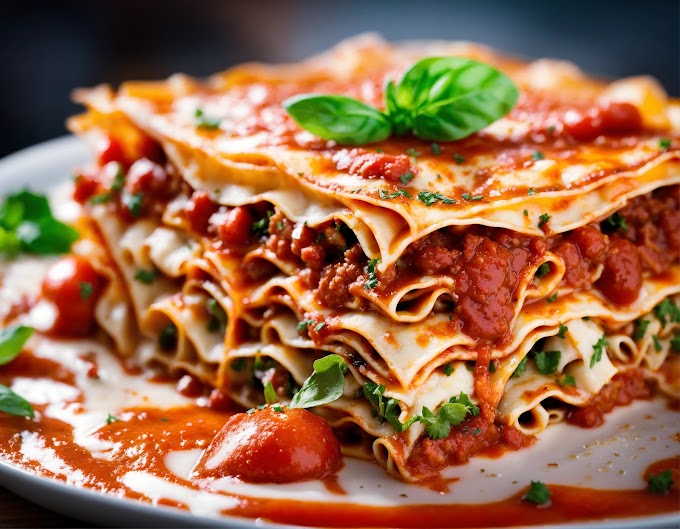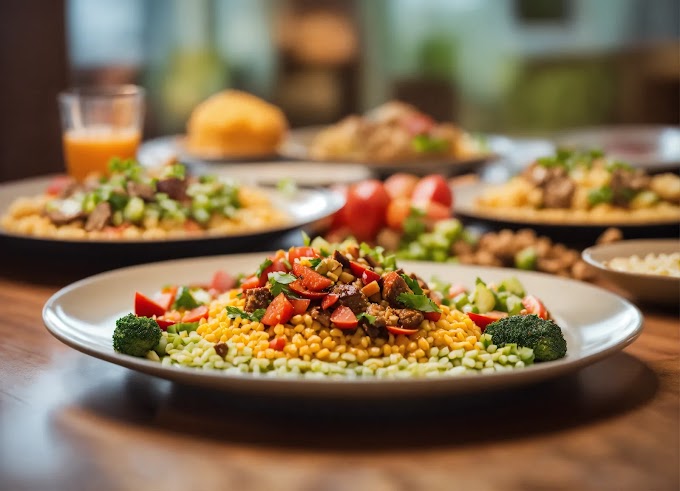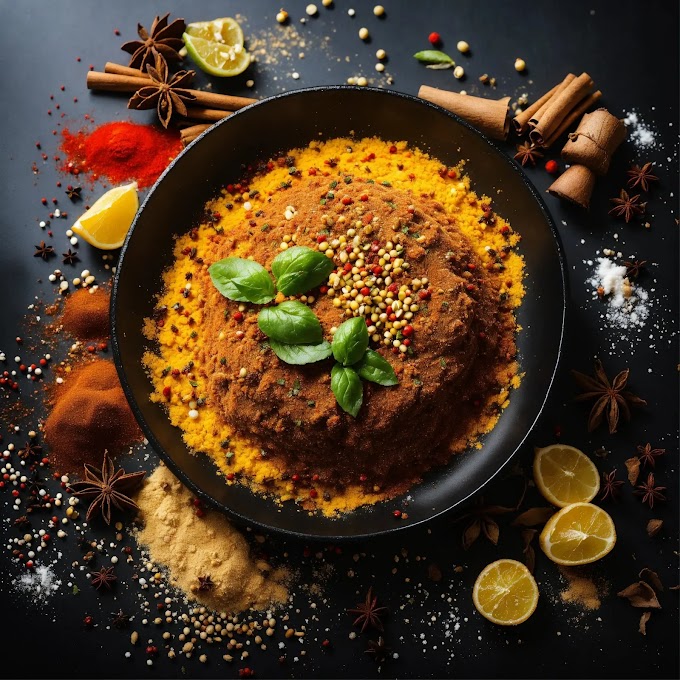Introduction:
In the quest for a healthier lifestyle, the relationship between recipes and calories is crucial. Whether you're a seasoned chef or a kitchen novice, understanding how ingredients contribute to the overall calorie count of a dish empowers you to make informed choices. In this blog post, we'll explore the dynamics of recipes and calories, providing insights into creating delicious meals while maintaining a mindful approach to nutrition.
Understanding Recipe Components:
Macronutrients:
Proteins, Fats, and Carbohydrates: Recognizing the macronutrient composition of ingredients is essential. Proteins and carbohydrates provide 4 calories per gram, while fats contribute 9 calories per gram.
Ingredients and Portion Sizes:
Choosing Wisely: Opt for nutrient-dense ingredients and be mindful of portion sizes. Even healthy ingredients can contribute to excess calories if consumed in large quantities.
Cooking Methods:
Impact on Calories: The method of cooking can influence the calorie content. Grilling, baking, or steaming are often lower in added fats compared to frying.
Hidden Calories:
Sauces and Condiments: Be aware of hidden sources of calories, especially in sauces and condiments. Small amounts can add up, so choose wisely or make homemade alternatives.
Recipe to Calories Calculation:
Caloric Breakdown:
Calculate Ingredient Calories: Multiply the number of grams of each macronutrient in an ingredient by its respective caloric value per gram.
Summing Up: Add up the individual caloric contributions to get the total calories for each ingredient.
Portion Control:
Divide Into Servings: Once the total calorie count for the entire recipe is determined, divide it by the number of servings to get the calories per serving.
Conclusions:
Balancing delicious recipes with mindful calorie consumption is a key aspect of maintaining a healthy lifestyle. By understanding the components that contribute to the calorie content of your favorite dishes, you can make conscious choices to align your meals with your nutritional goals. Experiment with ingredient substitutions, portion control, and cooking methods to create meals that not only tantalize your taste buds but also contribute to your overall well-being. Cheers to the harmony of great flavors and nutritious choices on your culinary journey!
Recipe to Calories FAQs:
Can I reduce the calorie content of a recipe without compromising taste?
Answer: Absolutely! Opt for healthier cooking methods, use lean proteins, and experiment with herbs and spices for flavor instead of excessive fats and sugars.
How can I make desserts with fewer calories?
Answer: Substitute ingredients like applesauce or Greek yogurt for oil in baking. Additionally, explore natural sweeteners and reduce sugar content without sacrificing sweetness.
Are all calories created equal?
Answer: Not entirely. While the number of calories matters, the quality of those calories is equally important. Focus on nutrient-dense, whole foods for a balanced and nourishing diet.











Thank you for comments